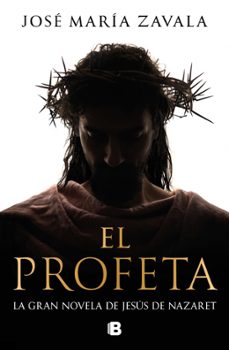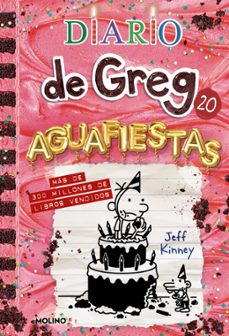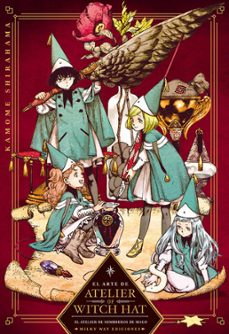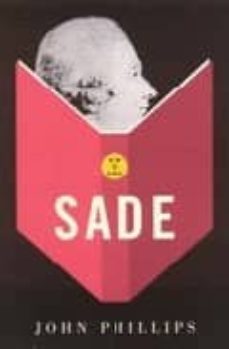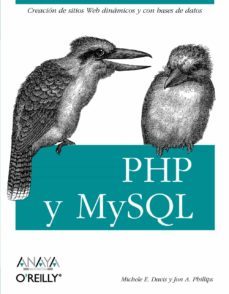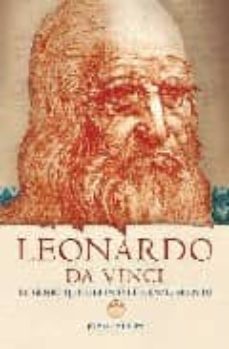Imprescindibles
Ficción
No Ficción
Ciencias y tecnología Biología Ciencias Ciencias naturales Divulgación científica Informática Ingeniería Matemáticas Medicina Salud y dietas Filología Biblioteconomía Estudios filológicos Estudios lingüísticos Estudios literarios Historia y crítica de la Literatura
Humanidades Autoayuda y espiritualidad Ciencias humanas Derecho Economía y Empresa Psicología y Pedagogía Filosofía Sociología Historia Arqueología Biografías Historia de España Historia Universal Historia por países
Infantil
Juvenil
#Jóvenes lectores Narrativa juvenil Clásicos adaptados Libros Wattpad Libros Booktok Libros de influencers Libros de Youtubers Libros Spicy Juveniles Libros LGTBIQ+ Temas sociales Libros ciencia ficción Libros de acción y aventura Cómic y manga juvenil Cómic juvenil Manga Shonen Manga Shojo Autores destacados Jennifer L. Armentrout Eloy Moreno Nerea Llanes Hannah Nicole Maehrer
Libros de fantasía Cozy Fantasy Dark academia Hadas y Fae Romantasy Royal Fantasy Urban Fantasy Vampiros y hombres lobo Otros Misterio y terror Cozy mistery Policiaca Spooky Terror Thriller y suspense Otros
Libros románticos y de amor Dark Romance Clean Romance Cowboy Romance Mafia y amor Romance dramatico Romcom libros Sport Romance Otros Clichés Enemies to Lovers Friends to Lovers Hermanastros Slow Burn Fake Dating Triángulo amoroso
Cómic y manga
Novela gráfica Novela gráfica americana Novela gráfica europea Novela gráfica de otros países Personajes, series y sagas Series y sagas Star Wars Superhéroes Cómics DC Cómics Marvel Cómics otros superhéroes Cómics Valiant
eBooks
Literatura Contemporánea Narrativa fantástica Novela de ciencia ficción Novela de terror Novela histórica Novela negra Novela romántica y erótica Juvenil Más de 13 años Más de 15 años Infantil eBooks infantiles
Humanidades Autoayuda y espiritualidad Ciencias humanas Economía y Empresa Psicología y Pedagogía Filosofía Historia Historia de España Historia Universal Arte Cine Música Historia del arte
Ciencia y tecnología Ciencias naturales Divulgación científica Medicina Salud y dietas Filología Estudios lingüísticos Estudios literarios Historia y crítica de la Literatura Estilo de vida Cocina Guías de viaje Ocio y deportes
JOHN PHILLIPS
Recibe novedades de JOHN PHILLIPS directamente en tu email
Filtros
Del 1 al 3 de 3
GRANTA BOOKS 9781862077270
Granta's new How to Read series is based on a very simple, but novel, idea. Most beginners' guides to great thinkers and writers offer either potted biographies or condensed summaries of their major works. How to Read, by contrast, brings the reader face to face with the writing itself in the company of an expert guide. Its starting point is that in order to get close to what a writer is all about, you have to get close to the words they actually use and be shown how to read those words. Each book in the series will hopefully be a masterclass in reading. Our authors have been asked to select ten or so short extracts from a writer's work and look at them in detail as a way of revealing their central ideas and thereby opening the doors onto a whole world of thought. The books will not be merely a compilation of a thinker's most famous passages, their 'greatest hits', but will rather offer a series of clues or keys that will enable to reader to go on and make discoveries of their own. In addition to the texts and readings, each book will provide a short biographical chronology and suggestions for further reading, internet resources and so on.The books in the How to Read don't claim to tell you all you need to know. Instead they offer a refreshing set of first-hand meetings with those minds. Our hope is that these books will instruct, intrigue, embolden, encourage and delight. John Phillips introduces the Marquis de Sade's highly original and thoroughly subversive depiction of human sexuality, and the philosophical and political thinking that underpins it. He shows how, though Sade's work continues to shock, it can also be seen as the logical conclusion of eighteenth-century materialism. As the only writer of his time who dared to put the body at the centre of philosophy, Sade has a unique place in the history of modern thought. Extracts are taken from the whole range of Sade's literary, philosophical and personal writings, including The 120 Days of Sodom; Philosophy in the Boudoir; Justine; Juliette; and his Last Will and Testament.
Ver más
Tapa blanda
ANAYA MULTIMEDIA 9788441523890
PHP y MySQL se han convertido rápidamente en el estándar de facto para el desarrollo rápido de sitios Web dinámicos con bases de datos. Juntos constituyen una combinación excelente para la creación de aplicaciones Web de todos los niveles. Este libro enseña cómo trabajar con MySQL, cómo programar en PHP y cómo unirlos para generar contenidos dinámicos. Comienza con los conceptos básicos de PHP, incluyendo strings y arrays, y explicando las diferencias entre las distintas versiones del lenguaje. Continúa detallando las ventajas de MySQL, y toda la información sobre el trabajo con tablas y expresiones. Sin necesidad de ningún tipo de conocimiento previo en programación, aprenderá paso a paso y con lenguaje sencillo a realizar sitios Web sofisticados e interactivos de forma rápida y fácil. Se instruirá en la creación de sitios Web dinámicos de principio a fin e identificará los problemas más comunes.
Ver más
Tapa dura
ALTEA 9788437224671
Leonardo siempre fue diferente a los demás. Aunque se formó para ser pintor en Florencia, sólo logró hacer unos treinta cuadros, y la mayoría ni siquiera llegó a acabarlos. Uno de ellos es la 'Mo
Ver más
Otros
Del 1 al 3 de 3

